Hungarian cuisine is popular for its rich blend of flavors passed down through generations. One such treat that stands out is the Hungarian kifli – a crescent-shaped pastry that is crispy on the outside and fluffy on the inside.
The knife is a traditional delicacy enjoyed all year round, but it holds a special place during the festive season. The pastry is a staple at Christmas and Easter celebrations, often served with hot cocoa or tea.
Despite being a popular treat, many people are unfamiliar with the knife’s origins and significance in Hungarian culture. Aims to provide an in-depth look at the history of the kifli, the different variations of the pastry, and the recipe to make it at home.
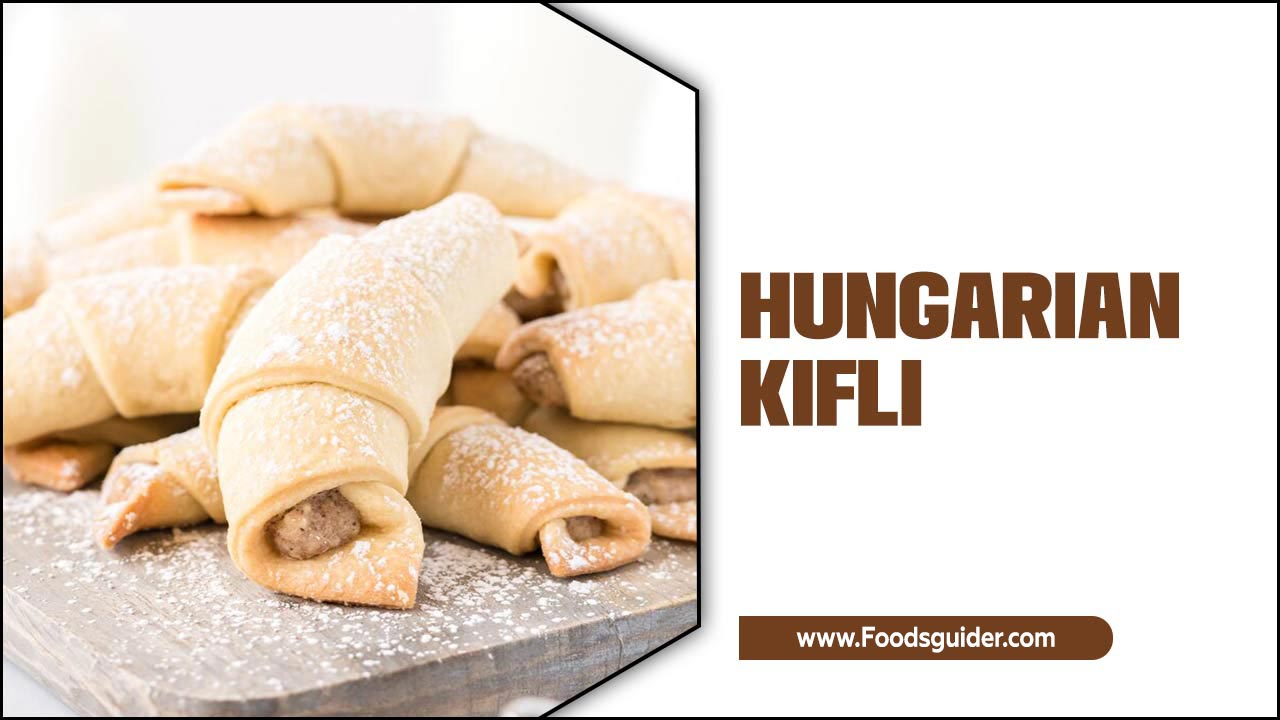
What Makes Hungarian Kifli A Great Snack For Any Occasion?
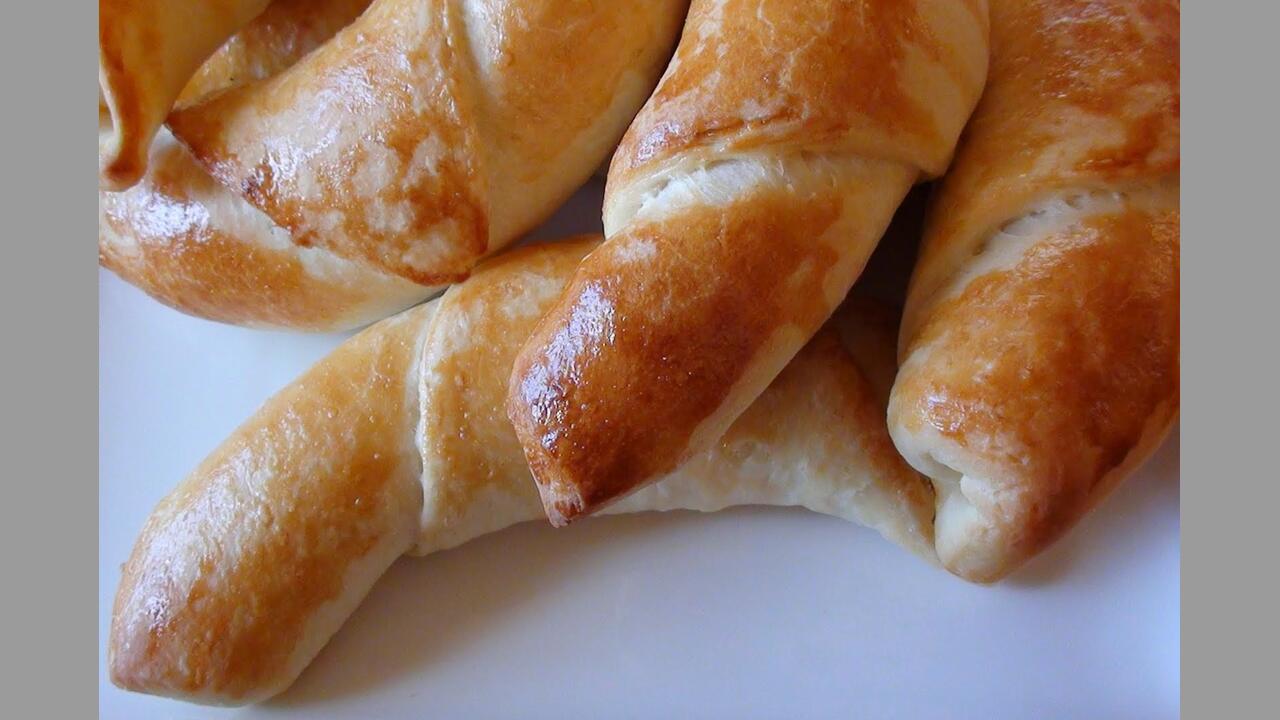
Hungarian kifli is a popular pastry that makes for a great snack for any occasion. With its flaky, buttery texture and delicious fillings, it is sure to satisfy your taste buds. Whether you prefer traditional fillings like poppy seed or walnut, or more modern twists like chocolate or fruit preserves, there is a kifli flavor for everyone.
The portable size of kifli also makes it an ideal snack to enjoy on the go or to share with friends and family. So whether you are looking for a tasty treat with your morning coffee or a delightful snack to bring to a party, Hungarian Kifli is the perfect choice.
Ingredients Used In Hungarian Kifli
Hungarian kifli types of baked dough, typically made with puff pastry, are shaped into small, round dumplings. It is often filled with cheese and seasoned with herbs and spices, and they are commonly served with sour cream or gravy. Hungarian kifli is a delicious pastry that is popular in Hungary. It makes using a few simple ingredients, including:
- Flour: The base of the dough is makes with all-purpose flour.
- Butter: Butter adds richness and flavor to the pastry.
- Sugar: A small amount of sugar added to sweeten the dough.
- Salt: Salt enhances the flavor of the kifli.
- Yeast: Yeast helps the dough rise and gives it a light and fluffy texture.
- Milk: Milk moistens the dough and makes it easier to work with.
- Eggs: Eggs add moisture and richness to the pastry.
These ingredients combine to create a flaky, buttery breakfast or snack treat.
Traditional Methods Of Making Hungarian Kifli

Hungarian kifli is a type of pastry that type filled with cheese, meat, or fruit. It uses served warm or cold and often eaten as a snack. Hungarian kifli is a traditional pastry that is loved by many. There are several traditional methods of making Hungarian kifli, each with its own unique twist. Here are some of the traditional methods that you can try:
- The Yeast Dough: Involves using yeast to leaven the dough, resulting in a light and fluffy pastry. The dough types make with flour, sugar, salt, yeast, butter, and milk.
- Sour Cream Method: In this method, sour cream is added to the dough to give it a rich and tangy flavor. The dough type makes with flour, sugar, salt, butter, sour cream, and yeast.
- Cottage Cheese Involves Adding Cottage Cheese To The Dough, Giving: It a slightly sweet and creamy taste. The dough makes with flour, sugar, salt, butter, cottage cheese, and yeast.
- Lard Method: Some traditional recipes suggest using lard instead of butter in the dough. This gives the kifli a slightly savory flavor and a flaky texture.
No matter your chosen method, making Hungarian kifli can be a fun and delicious way to explore Hungarian cuisine. Don’t forget to enjoy them fresh out of the oven with coffee or tea!
Different Variations And Fillings For Hungarian Kifli
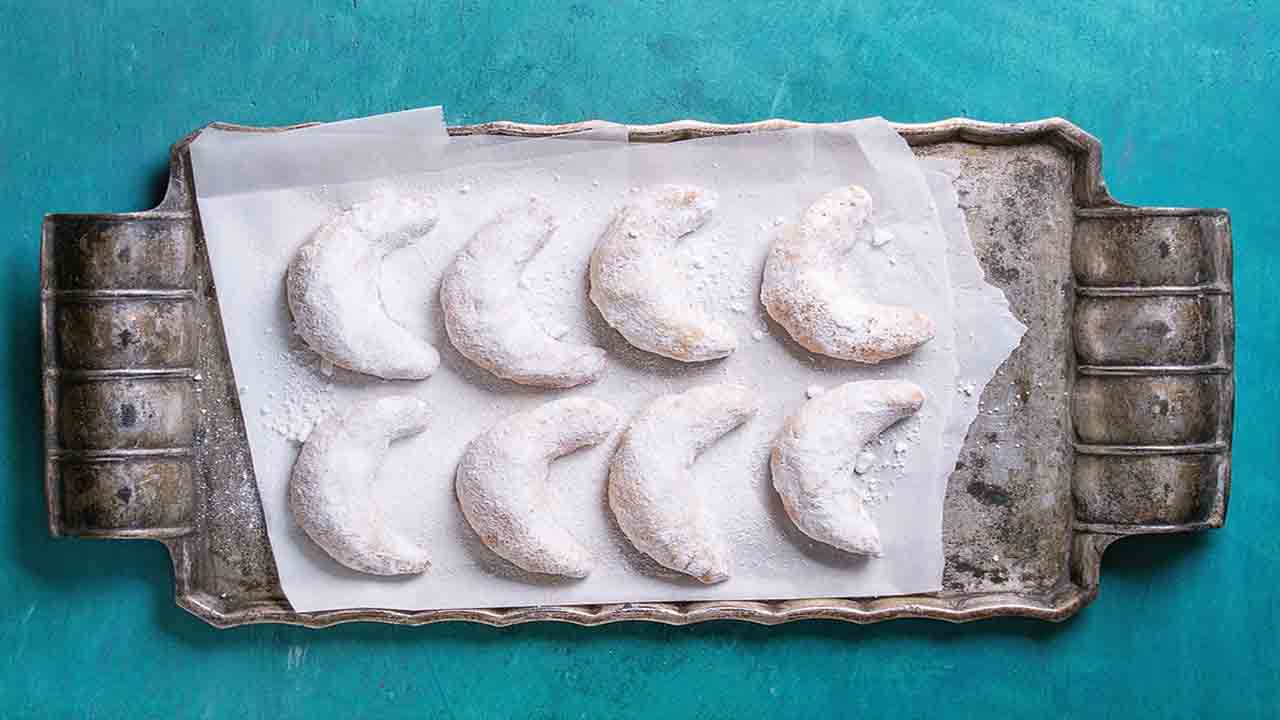
Hungarian kifli is a traditional pastry that beloves in Hungary and beyond. While the basic recipe for kifli consists of a flaky, crescent-shaped pastry filled with jam or nuts, there are many variations and fillings to explore.
Some popular variations include adding cinnamon or vanilla to the dough for extra flavor or filling the kifli with poppy seeds or sweet cheese. There are also savory versions of kifli that can fill with ingredients like ham, cheese, or spinach. Whether you prefer a sweet or savory filling, one thing is for sure – Hungarian kifli is a delicious treat that will satisfy your cravings.
How To Properly Enjoy Hungarian Kifli
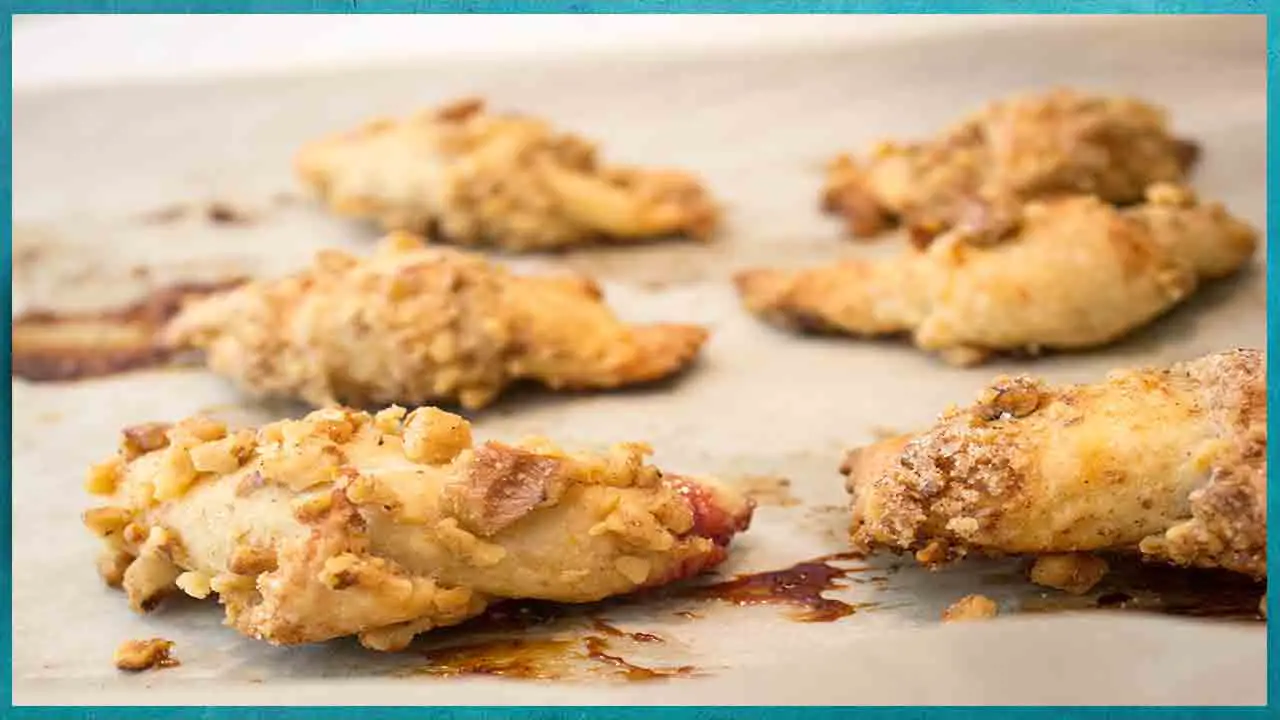
Hungarian kifli is a delicious pastry that enjoys by many. To properly enjoy Hungarian kifli, it is best to start by finding a high-quality bakery or making your own at home. The key to enjoying this flaky treat is to savor each bite.
Take the time to appreciate the buttery, melt-in-your-mouth texture and the subtle sweetness of the pastry. Some people like to pair their kifli with a cup of coffee or tea, while others prefer to enjoy it alone. However, if you indulge in Hungarian kifli, take your time and truly savor the experience.
Popular Occasions And Events To Serve Hungarian Kifli
Hungarian kifli is a past made with dough and filled with raisins. Kifli ofen served with tea or coffee and can enjoy as a dessert or snack. Hungarian kifli is a delicious pastry that can enjoy on a variety of occasions and events. Here are some popular occasions and events where you can serve Hungarian kifli:
- Breakfast Or Brunch: Start your day with a warm, flaky kifli paired with coffee or tea.
- Family Gatherings: Whether a holiday celebration or a casual get-together, Hungarian kifli can be a crowd-pleasing treat for the whole family.
- Parties And Potlucks: Impress your guests with a platter of freshly baked kiflis at your next party or potluck.
- Weddings And Special Events: Add a touch of elegance to your wedding or special event by offering Hungarian kifli as part of the dessert spread.
- Afternoon Tea: Serve Hungarian kifli alongside other pastries and finger sandwiches for a delightful afternoon tea experience.
No matter the occasion, Hungarian kifli is sure to be a hit with its buttery, flaky texture and delicious flavor.
Health Benefits Of Hungarian Kifli
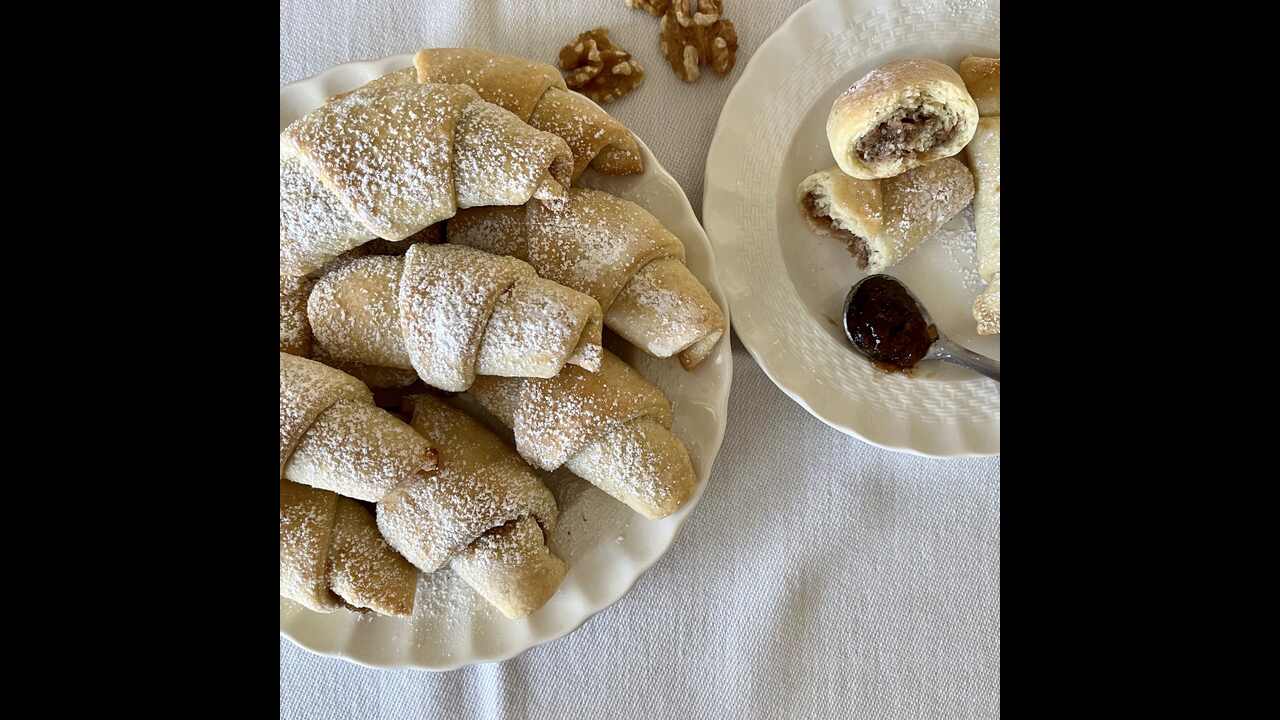
Hungarian kifli offers a range of health benefits. This delectable treat is low in calories, making it a guilt-free snack. It is also rich in protein, providing sustained energy and promoting muscle growth. The high fiber content of Hungarian kifli aids digestion and supports a healthy gut. Moreover, this pastry is a good source of vitamins and minerals, contributing to overall wellness.
What makes Hungarian kifli even better is that it makes with natural ingredients, serving as a healthier alternative to processed snacks. So indulge in the deliciousness of Hungarian kifli while reaping its nutritional advantages.
Tips For Baking The Perfect Batch Of Hungarian Kifli At Home
Hungarian kifli is a specific pastry popular in Hungary and neighboring countries. It makes from a yeast dough rolled very thin, brushed with butter, and then baked. Hungarian kifli is a delicious pastry that you can enjoy at any time of day. Here are some tips for baking the perfect batch of Hungarian kifli:
- Use High-Quality Ingredients: The key to a great kifli batch is using fresh ingredients. This includes using good-quality flour, butter, and yeast.
- Chill The Dough: After you have mixed the dough, it’s important to let it chill in the refrigerator for at least an hour. This will make the dough easier and help create flaky layers in the final pastry.
- Roll Out The Dough Thinly: When rolling out the dough, aim for a thickness of about 1/8 inch. This will ensure that the kifli bakes evenly and becomes nice and crispy.
- Shape Them Properly: Start by rolling out small balls of dough into circles to get that classic crescent shape. Then, cut each circle into triangles and roll them up tightly from the wider end towards the tip.
- Brush With Egg Wash: Before baking, brush each kifli with an egg wash to give them a beautiful golden color.
- Bake At The Right Temperature: Preheat your oven to around 375°F (190°C) and bake the kifli until they are lightly golden brown on top, usually around 15-20 minutes.
- Let Them Cool Before Serving: Once baked, allow your kifli to cool on a wire rack before serving. This will help them retain their shape and prevent them from becoming soggy.
With these tips in mind, you’ll be well on your way to baking a batch of delicious Hungarian kifli that will impress your family and friends
History And Origins Of Hungarian Kifli
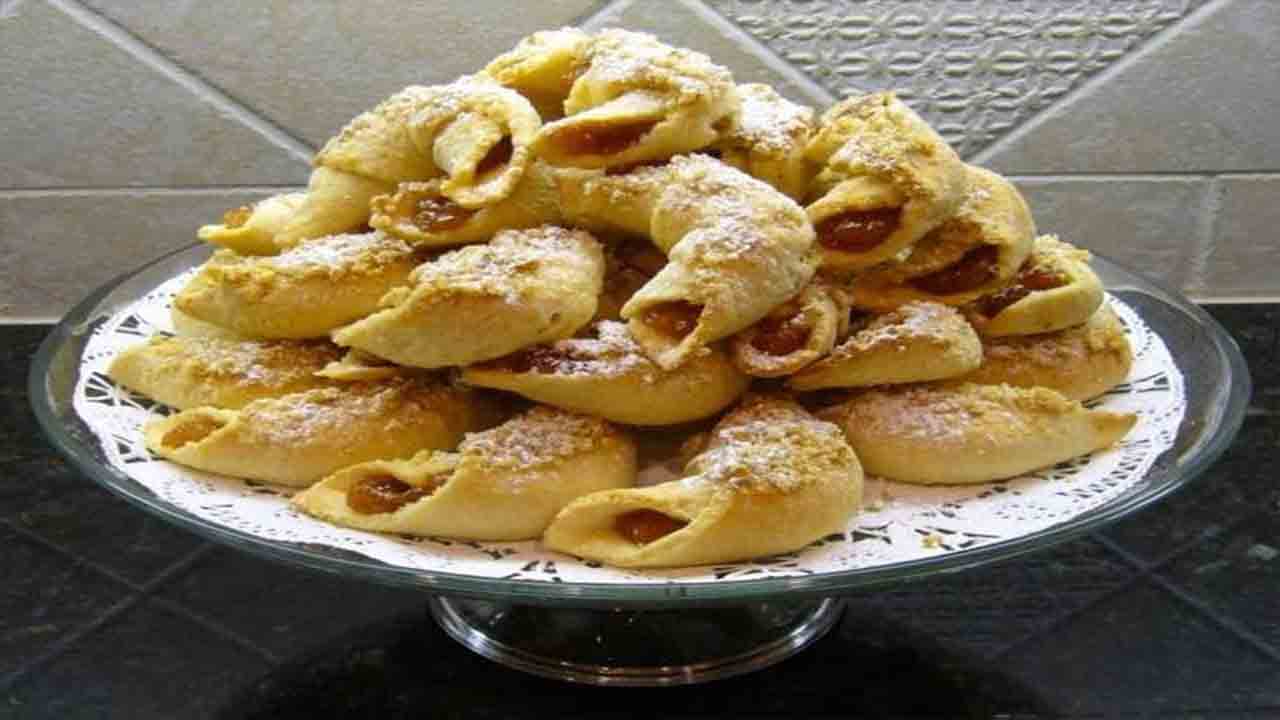
While exploring the history and origins of Hungarian kifli, it’s fascinating to discover that this delightful pastry has been enjoyed in Hungary since the 13th century. With its origins deeply rooted in Hungarian culture, kifli has become a beloved treat, often savored during special occasions and holidays.
The traditional recipe for Hungarian kifli typically includes flour, butter, yeast, and sometimes nuts or seeds, giving it a unique flavor and texture. The crescent-shaped pastry is popular for its light and flaky nature, making it a favorite among pastry enthusiasts. Whether enjoyed on its own or paired with a hot beverage like tea or coffee, Hungarian kifli offers a delightful culinary experience that transports you to the heart of Hungary.
Conclusion
Hungarian kifli is a specific type of pastry popular in Hungary and neighboring countries. It is made from a yeast dough rolled very thin and brushed with butter, then baked Hungarian kifli is a delightful traditional treat that can be enjoyed on any occasion. With its flaky texture and delicious fillings, it is sure to please your taste buds.
Whether you prefer the classic version or want to experiment with different variations, Hungarian Kifli is a versatile snack that can be enjoyed at parties, picnics, or simply as a treat for yourself. The rich history and origins of Hungarian kifli add to its charm, making it a beloved delicacy. So, why not try baking the perfect batch of Hungarian kifli at home and savor this delectable treat?
Frequently Asked Questions
1.What Kifli Means?
Ans: Kifli is a traditional Hungarian pastry shaped like a crescent. The word “kifli” translates to “crescent” or “croissant” in Hungarian. Made with flour, yeast, butter, and salt, kifli can enjoy plain or with sweet or savory fillings.
2.What Is The Difference Between Rugelach And Kifli?
Ans: Rugelach and Kifli are both delightful pastries originating from different culinary traditions. While Rugelach is a Jewish pastry filled with ingredients like jam, nuts, cinnamon, and chocolate, Kifli is a Hungarian pastry filled with cheese, poppy seeds, or walnuts. These crescent-shaped pastries have distinct fillings and flavors that set them apart.
3.Why Not Make The Authentic Hungarian Kifli Recipe A Part Of Your Family Tradition?
Ans: Add a delicious twist to your family tradition with the Authentic Hungarian Kifli recipe. Bond over the joy of making this unique treat together and create lasting memories. Explore different cultures by sharing traditional recipes and expanding your culinary repertoire. Don’t miss the opportunity to introduce new flavors to your family gatherings!
4.What Is The Best Way To Cook A Hungarian Kifli?
Ans: To cook a delicious Hungarian kifli, preheat the oven to 350°F (175°C). Roll out the dough and cut it into triangles. Add your desired filling, such as jam or cheese, to each triangle and roll them up. Bake for 15-20 minutes until golden brown.
5.How Long Should I Boil My Hungarian Kifli For?
Ans: Hungarian kifli is not boiled; it is baked. The baking time for Hungarian kifli is usually around 15-20 minutes. Bake the kifli until they are golden brown and crispy. Allow the kifli to cool before serving.